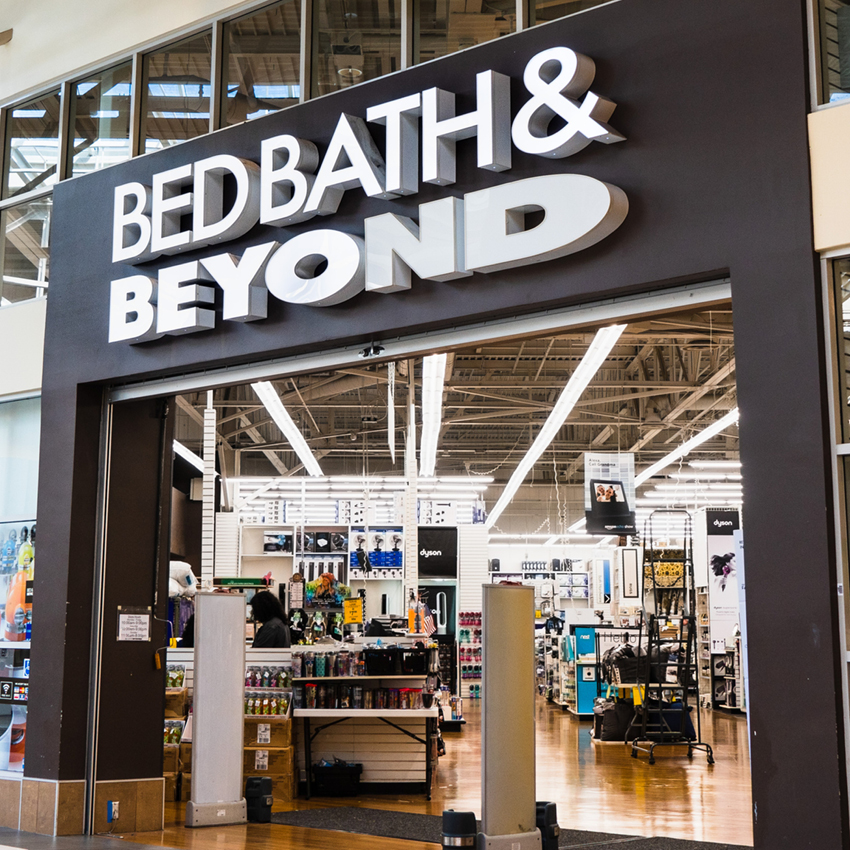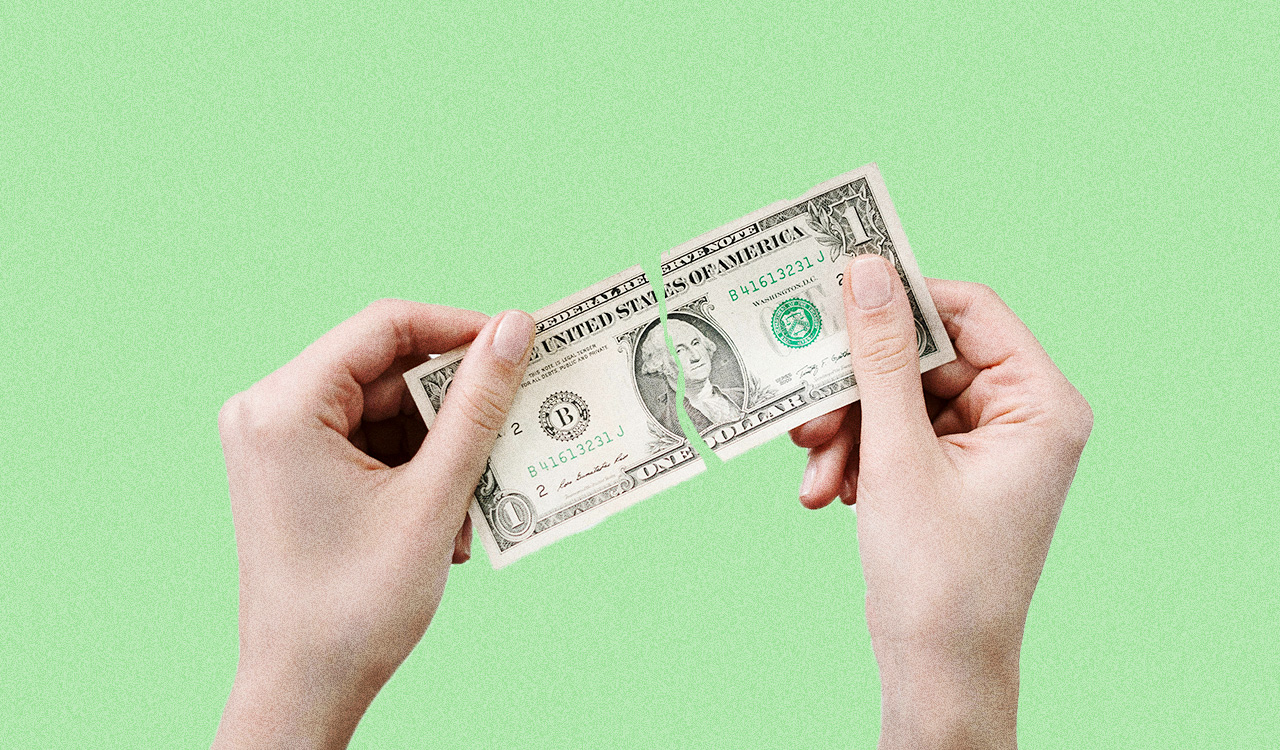Perhaps no American retailer\’s fall from grace has been as swift or dramatic as has Bed Bath & Beyond\’s. Legacy retailers like JC Penney and Gap have deteriorated slowly over long periods of time but BBB as recently as just a few years ago was considered one of the best in the business of retailing.
Its myriad of problems has been well documented: an aging and bloated physical store fleet, lack of attention to building its e-commerce business, an inefficient supply chain that hadn\’t kept up with modern retailing practices and an insular management that was risk adverse and unable to move aggressively on addressing any of the above.
[callout]Now, with an entirely new management led by new CEO and former Target chief merchant Mark Tritton — the first from outside in the company’s half-century existence — and a pandemic-pressing urgency to fix its problems and emerge as a successful business, Bed Bath is entering a crucial period in its history.[/callout]
Most of all was the elimination of the very central premise of the entire business model: its positioning as \”we have more of everything for your home so shop here first\” was obliterated by Amazon and the rest of online shopping and BBB has never been able to find a replacement unique selling proposition.
Now, with an entirely new management led by new CEO and former Target chief merchant Mark Tritton — the first from outside in the company\’s half-century existence — and a pandemic-pressing urgency to fix its problems and emerge as a successful business, Bed Bath is entering a crucial period in its history.
Plan A
At its annual meeting earlier this month, in its first quarter earnings statement several weeks ago and in an interview with this reporter, the company has laid out a course of action that works to address each of these vulnerabilities, stressing that it has the financial wherewithal to work all of this out. No doubt the plan is all-encompassing. Whether it succeeds is, of
course, another matter entirely.
- Too Many Stores
Yes, with about 1,000 Bed Bath & Beyond locations, many poorly situated and many more under merchandised and overly tired, the company knows it needs to do some serious trimming. It announced in early July it will close 200 Bed Bath & Beyond stores over the next two years, representing some 20 percent of its total store fleet. This rate is consistent with what others in retailing — Macy\’s, Penney, Tuesday Morning — are doing, some a little more and some a little less. It will leave it with 800 doors, a number that may still be too high for the marketplace. - Too Many Nameplates
Under prior leadership, the company assembled a curious mix of retail nameplates that appeared to be more about good deals than good retail. What\’s worse it rarely worked to improve or expand these divisions and let them meander along the retail landscape. It has already jettisoned a few smaller pieces — One Kings Lane and Personalization Mall (still in the courts over its final outcome) — but seems to have put the for sale sign up on two other larger units: Cost Plus World Market and Christmas Tree Shops/& That. While no official word has come down from on high, neither brand is mentioned at all in company statements and neither has received a president as have BuyBuyBaby and Harmon Beauty, which seem to be keepers. Tritton has said the company\’s focus going forward was on \”home, baby, beauty and wellness\” which would seem to confirm that appraisal. The added plus of these sales would be the projected $350 to $450 million the company said it expects to garner from them. - Too Much Merchandise
Ask any shopper what their number-one complaint about Bed Bath is and they will tell you their stores are too cluttered and consumed with excessive inventory. For many years, that overwhelming presentation was a plus at the retailer but that\’s all passed now. The company is about halfway through reducing its excessive inventory by $1 billion — about 10 percent of annual sales — and behind that is another $1 billion cut which will be helped along by the 200 store closings. It is hoping these reductions will go a long way towards reducing both the clutter and its costs. - Too Much Overhead
Operating costs have been a noose around the company\’s neck for the past several years, its SG&A numbers increasing as a percentage of sales amidst overall increases. In fiscal 2020, SG&A was $3.73 billion versus just under $3 billion as recently as 2014. Tritton has already engaged in several rounds of staff cuts and layoffs and one has to assume there are more to come, particularly as the company downsizes its physical footprint. Beyond headcount, it is looking to streamline its supply chain, taking out redundant costs predicated on an antiquated distribution system that saw most goods going straight to stores rather than through central distribution centers. It said it expects to eliminate \”millions\” of purchase orders that had been generated by individual stores rather than through a centralized buying process. - Too Little e-Commerce
The company\’s dismal online business was a well-known problem for years, reaching epic proportions more recently. After some significant investments started under prior management, online represented just under 20 percent of its overall revenue pre-pandemic and that number climbed significantly, as expected, during the spring store closings. Tritton has made e-commerce investment a cornerstone of his spending plan and already we\’ve seen major ramp-ups of omnichannel functions such as curbside pick-up and BOPIS (buy online, pick-up in-store), both of which were virtually non-existent pre-pandemic. - Too Little Proprietary Product
Unlike most major retailers — particularly Tritton\’s former home Target — BBB has had virtually no internal product development program and whatever private label or proprietary merchandise it carried was supplied by its vendors not self-generated. That is a huge priority to change this and the company has just brought on a former Williams Sonoma exec to help spearhead what it calls \”owned brands.\” No doubt Tritton himself will be very hands-on in this process given his background. The first programs from this effort are scheduled to arrive next year though it will take somewhat longer for the retailer\’s product mix to transition in a bigger way. But it will be perhaps the most significant initiative it is embarking on without the right products on the selling floor (and online page) that it can offer exclusively and control from concept to consumer none of the rest of what they are doing will matter.
The Bottom Line
Backing up all these works in process is a balance sheet that remains better than most troubled retailing companies. The company has historically had little debt and a fair amount of cash — $1 billion coming into 2020 — on its books and Tritton has moved to shore that up. It secured an $850 million credit line; it has sold about half its owned real estate and there are the pending proceeds from its ongoing asset sales of discarded retail divisions.
That is the company\’s hidden advantage over retailers like Penney or Macy\’s. It has a fair amount of time to fix its problems before it runs out of cash and in the meantime, it is not using whatever income it generates to pay off massive debt loads. It\’s why any talk about BBB folding anytime soon is frankly nonsense.
That said, its window is not unlimited and eventually it will need to find its rightful place in the bigger retail picture. Certainly, the pandemic has set that plan back by at least six months and, realistically, more likely a year.
Yet Bed Bath & Beyond remains a retailer without a direct competitor in the big box home furnishings space, even as it has more than enough indirect competitors from Amazon and Wayfair to Macy\’s and Kohl\’s to Home Goods and Home Depot. And it is in a sector — home furnishings — that most in the business think will do well in the immediate post-pandemic era when people are traveling less, spending less on restaurants and more on fixing up their homes.
In the meantime, like virtually every retailer in the country, it needs to navigate through however long the Covid-19 crisis impacts the overall economy and both consumer activity and their spending. It won\’t be easy, and it won\’t be quick. But at least Bed Bath & Beyond is going forward after a very long time going in the opposite direction.




